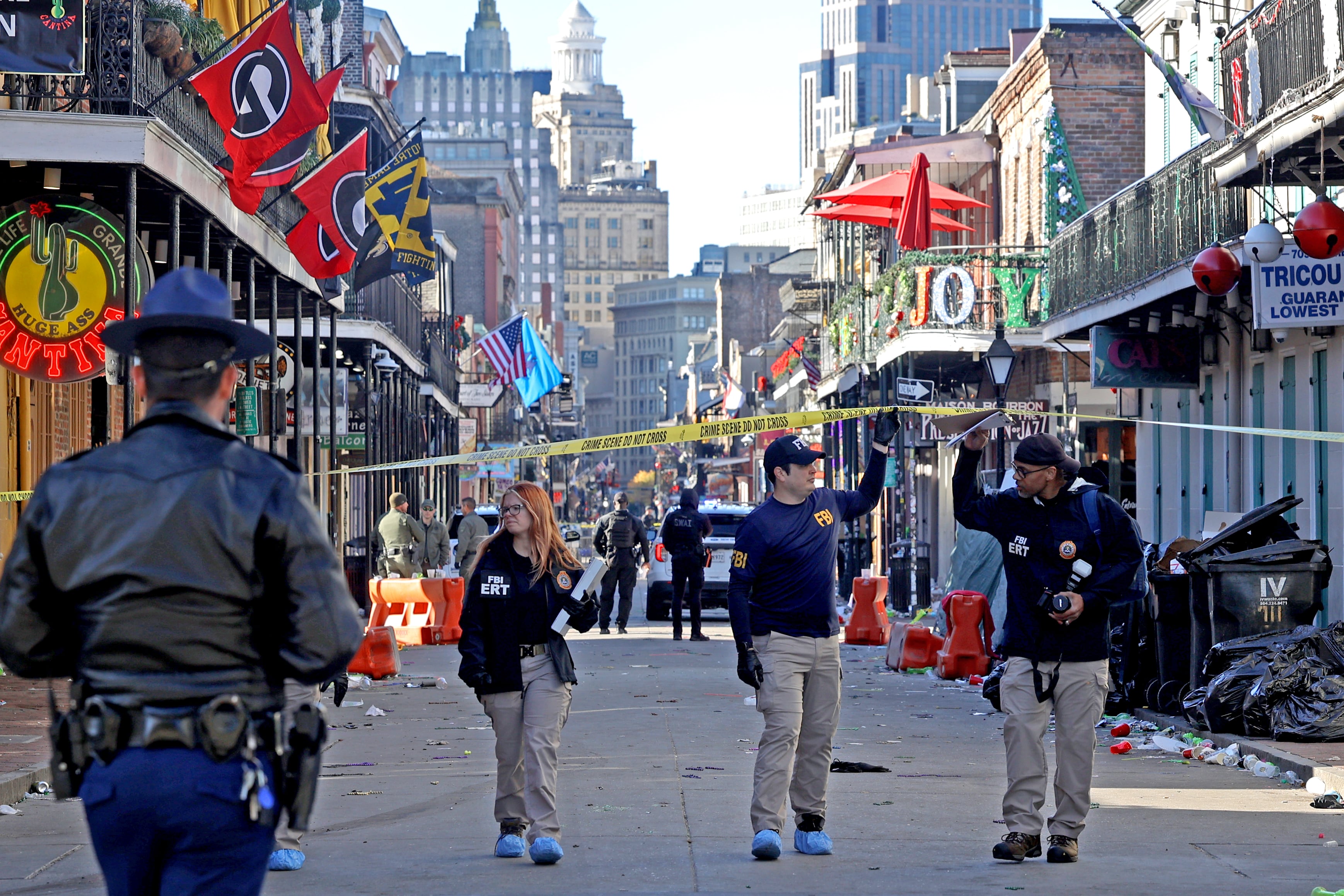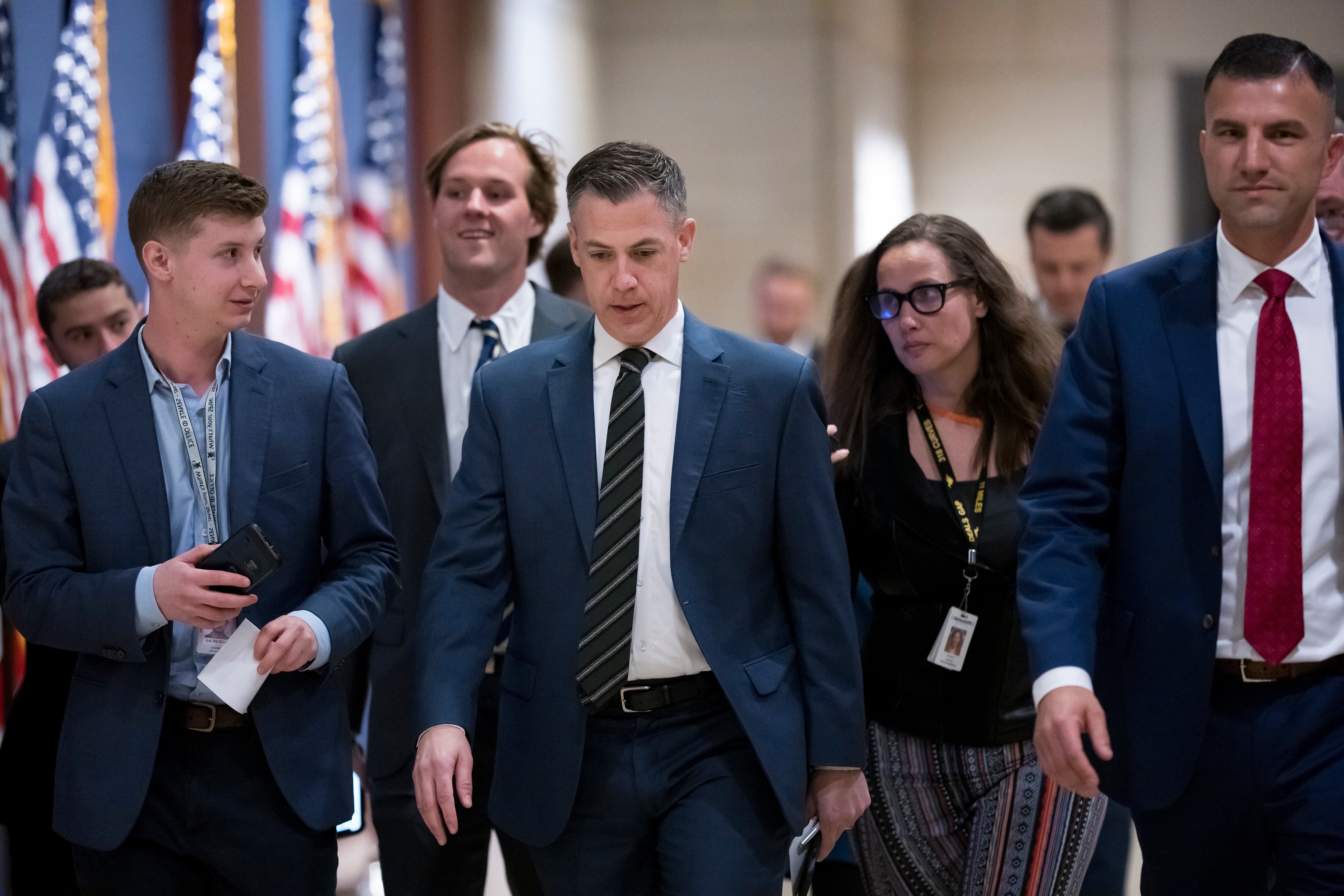Wildly jerky and almost nauseating hand-held camera shots hit the viewer in the early minutes of the film, producing a gut-tensing feeling of running in the middle of a firefight in Afghanistan. Father-and-son filmmakers Mike and Carlos Boettcher captured the helplessness and peril of combat simply by leaving their cameras on record as they dashed for cover from Taliban snipers or hit the ground on a signal from soldiers or Marines.
Coming out the other side of all that combat is "The Hornet's Nest," a film that documents the Boettchers' 2010 and 2011 embeds during the tensely fought years of the Obama surge in Afghanistan.
Despite all the action, the film finds its greatest strengths in its faithfulness to capture the quieter moments of emotion that come with warfighting. The film, released Sept. 9, is named for a costly nine-day battle waged by "No Slack" battalion — Company C, 2nd Battalion, 327th Infantry Regiment, 1st Brigade Combat Team of the Army's 101st Airborne Division — in Kunar province. But while that fight dominates the second half of the film, the project as a whole is more like a series of vignettes showing daily life for a small handful of Army and Marine units, including Golf company, 2nd Battalion, 8th Marines, out of Camp Lejeune, North Carolina.
At one point, Mike Boettcher, a network veteran who now works for ABC, engages an Army private about his anger at seeing Afghan children injured and killed by a suicide bomber. At another, he lets the mostly female crew of an Army medevac chopper discuss their pride in their work. He captures the solemn enthusiasm of the Marines of Golf company as the commander of 2/8, then-Lt. Col. Christian Cabaniss, calls on the unit to remember what they're fighting for.
"These people have suffered for too long," Cabaniss tells them. "Change the course of history in Afghanistan."
The film also contains a few light moments that capture the humor and humanity in the midst of combat, such as a service member spontaneously dancing in the road at a vehicle checkpoint or when soldiers good-naturedly razz a comrade frightened by the sudden appearance of a white chicken in a house. Boettcher said some contemporary veterans connect most with these scenes because they act as a reminder of the kind of mental resilience and social bonds that are forged in the hell of war.
Boettcher also allows the camera to capture his own raw emotion: his fear for the safety of his son when Carlos ends up with 2/8 in the middle of a firefight; his exhaustion; and his heartache as he chronicles troops' combat deaths and heroic final moments.
A particularly moving moment comes with the death of Spc. Jameson Lindskog of "No Slack" battalion, who earned a posthumous Silver Star for a heroic rush to treat wounded soldiers and Afghan troops that put him in the path of the enemy bullet that killed him. The film doesn't depict Lindskog's last moments, focusing instead on the emotional response to his loss from his comrades and Boettcher himself.
"When he was sitting there bleeding out, he apologized for dying," Boettcher said. "How do you process that?"
At a Washington, D.C., screening of the film hosted by the Center for a New American Security, Boettcher said his goal was to connect the 99 percent of Americans who do not serve in uniform with the cost of war and the realities of combat.
"We have to learn the lessons of history," he said. "We have to be connected to the decisions we make."
Boettcher said he also wanted to share stories like that of Army Capt. Kevin Mott, who returned to command a platoon during Operation Strong Eagle III in Kunar province after having been gravely wounded six months earlier on a previous mission. Mott earned a Silver Star for his bravery in the Hornet's Nest.
"We at this point are facing some serious blackness," Boettcher said, citing the recent murders of two American freelance reporters by the extremist Islamic State. "But what you have to know is you will have Capt. Mott there."
Retired Marine Gen. John Allen, a former commander of U.S. Forces in Afghanistan who discussed the film in a panel that followed the screening, told Marine Corps Times he thought the film excelled at capturing the nobility of today's armed forces.
"These kids, they were 9 or 10 years old when we were attacked, in some cases even younger. They didn't have to join and they did," he said. "This was about a breed of young men and women who put other things ahead of themselves and chose to serve when they knew they'd have to go into harm's way."





